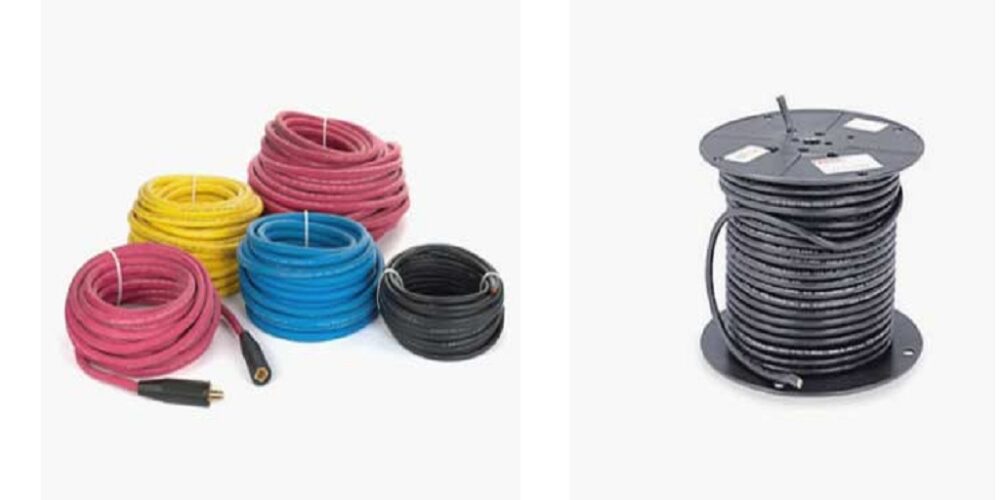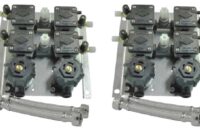Electric wire cable types and uses can be very confusing. In fact, whether in real life or in films where an actor, sweat dripping down his forehead (and you at the edge of your seat), couldn’t decide what color to cut, we see people get stuck on this.
So this short guide aims to clear out the confusion— at least when it comes to home electric wires and cables— and bring out the inner handyman in you.
First, let’s differentiate wires from cables.
Wire VS Cable
Notice the title of this article says “wire cables.” People do that and sometimes people also use the terms interchangeably but there is actually a difference.
Understanding the difference is important. When you do understand, a trip to the hardware store will be easier. You can go around confidently asking for the exact thing you need and know exactly what it is.
So, a wire is a single conductor, either bare or insulated within a jacket.
A cable, on the other hand, is a group of conductors inside a jacket. They sometimes run parallel together or are twisted around each other.
The Gauge
Wires have different sizes or gauges. The gauge you’ll need will depend on the amperage of the circuit they will be used for. Typically, the larger the number, the smaller the wire.
Big appliances usually need 6-gauge through 10-gauge. Smaller appliances use 12-gauge to 14-gauge.
You will need to know the gauge if you need to replace wires or you need to add an electrical outlet in your house. You must use the same wire gauge as the existing wire gauge.
However, your involvement in changing or adding electrical wires and outlets in your home is best limited to buying them.
Always call a professional because any electrical change must be up to building codes for safety reasons. The codes are there to protect you and your family from fire hazards.
What the Color Means
The colors for wires are pretty standard.
Black or Red means hot. Hot wires carry the electricity from the power source or the panel to the outlet.
White means neutral. Neutral wires carry the electricity back to the panel and complete the circuit.
Bare or Green is Ground. Ground wires serve as your protection against potentially dangerous situations. They carry the electricity back to the source in cases of faults so the electricity is cut off and won’t flow through anyone touching an appliance.
For cables, the sheath colors also tell you about the conductors inside.
Cable Outer Sheath Color
The color of a cable’s outer covering will tell you the gauge of the wires inside and the amperage rating for the circuit.
White – 14-gauge wire and 15-amp circuit
Yellow – 12-gauge wire and 20-amp circuit
Orange – 10-gauge wire and 30-amp circuit
Black – 6 or 8-gauge wire with 45 or 60 amp-circuits.
Gray – This is the underground cable.
These are the colors of electric wire cables you’ll most likely see in your home. However, cable color coding only started in 2001. And while most manufacturers now follow cable color coding, the practice is still largely voluntary.
So if you have an old home, it will likely have old cables and old cables are not color-coded.
Cable Classifications
Cables are classified by the numbers on their sheath. It’s a hyphenated number with the first number referring to the conductor’s gauge and the second number referring to the number of conductors inside that cable.
So for example, 10-2 means the cable has 10-gauge conductors and the conductor count is 2.
This is the basic information you need to know about home electric wires and cables. Hopefully, they’ll guide you through your purchases and make you knowledgeable enough about wires and cables so you don’t cut the wrong one.
If you need to make a purchase, head on over to EWCSWIRE.COM, your electric wire and cable specialists. With their huge selection of electric wire cables, they’ll be sure to have everything you need for your next home project.












